Description
The instruction
for medical use
of Mikardis®/Micardis® medicine
the Trade name
of Mikardis®/Micardis®
the International unlicensed
name Telmisartan Lekarstvennaya a form
of the Tablet of 40 mg, 80 mg
Structure
One tablet contains
active agent – telmisartan 40 or 80 mg respectively,
excipients: PVP K 25 (povidone), meglumin, sodium hydroxide, sorbitol, magnesium stearate.
The description
of the Tablet of 40 mg – tablets of white or almost white color, oblong, with marking 51H on one party and a logo of the company on another.
Tablets of 80 mg – tablets of white or almost white color, oblong, with marking 52H on one party and a logo of the company on another.
Pharmacotherapeutic group
the Drugs influencing a system renin-angiotensin.
Angiotensin II antagonists.
The code of automatic telephone exchange C09CA07
the Pharmacological
Pharmacokinetics Telmisartan properties is absorbed quickly, however, the absorbed quantity varies. The average size of absolute bioavailability of a telmisartan is about 50%.
The volume of distribution is about 500 l.
Telmisartan is metabolized by conjugation of initial substance with a glucuronide. The pharmacological activity of a conjugate is not found.
Telmisartan has the biexponetsialny nature of pharmacokinetics with terminal elimination half-life & gt, 20 hours.
Clinically significant cumulation of a telmisartan is not found.
After oral administration telmisartan it is almost completely allocated with a stake in not changed look. The general excretion with urine is also lt, 2% of a dose.
The general plasma clearance is high (about 900 ml/min.) in comparison with a hepatic blood-groove (about 1500 ml/min.).
The pharmacokinetics of a telmisartan at patients of advanced age does not change.
Patients with a renal failure
At patients with a renal failure which carries out dialysis were observed smaller concentration in plasma. At persons with a renal failure telmisartan contacts proteins of plasma more and is not removed dialysis. In a renal failure the elimination half-life does not change.
Patients with a liver failure
At patients with a liver failure the absolute bioavailability of a telmisartan increases to 100%. Elimination half-life in a liver failure does not change.
The pharmacodynamics
of Mikardis is an effective and specific antagonist of receptors of angiotensin II (AT1 type) for intake. Telmisartan with very high affinity forces out angiotensin of II of places of its binding in receptors of AT1 subtype which are responsible for the known effect of angiotensin II. Telmisartan selectively contacts AT1 receptors. Telmisartan does not show affinity to other receptors, including AT2 and with other receptors which were less characterized by AT. Telmisartan reduces Aldosteronum level in plasma. Telmisartan does not inhibit renin in plasma of the person and does not block ion channels. Therefore there is no strengthening of the side effects caused by bradykinin.
At the person the dose of a telmisartan of 80 mg almost completely inhibits the increase in the ABP caused by angiotensin II. The inhibitory effect is maintained within more than 24 hours and remains measurable till 48 o’clock.
Treatment of essential arterial hypertension
After reception of the first dose of a telmisartan arterial blood pressure decreases in 3 hours. The maximum decrease in the ABP is gradually reached in 4 weeks after an initiation of treatment and supported during long-term treatment.
At patients with hypertensia of Mikardis reduces both systolic, and diastolic pressure without change of heart rate.
After the sudden termination of treatment of Mikardisom blood pressure gradually returns to values before treatment during the period in several days without signs of fast resuming of hypertensia.
There is a significant dependence between treatment telmisartany and decrease in indexes of mass of a left ventricle and mass of the left auricle for patients with hypertensia and a hypertrophy of a left ventricle.
At patients with hypertensia and a diabetic nephropathy at treatment of Mikardisom the significant decrease in a proteinuria is observed (including a microalbuminuria and a macroalbuminuria).
In multicenter international clinical trials it was proved that patients who received telmisartan had cases of dry cough much less, than at the patients receiving inhibitors of the angiotensin-converting enzyme (ACE).
Prevention of cardiovascular incidence and mortality
At patients of 55 years is also more senior with existence in the anamnesis of an ischemic heart disease, a stroke, diseases of peripheral vessels or diabetes with damage of target organs (a retinopathy, a hypertrophy of a left ventricle, macro and the microalbuminuria) use of Mikardisa allows to reduce the frequency of myocardial infarctions, strokes, hospitalization concerning stagnant heart failure and to reduce cardiovascular diseases mortality.
Indications
– treatment of essential arterial hypertension
– prevention of cardiovascular incidence and mortality at
patients are more senior than 55 years with high risk of developing cardiac
vascular diseases
the Route of administration and doses
Treatment of essential arterial hypertension
the Recommended dose for adults makes 40 mg once a day.
Some patients of effective can have a daily dose of 20 mg.
In cases when the desirable of the ABP is not reached, the dose of Mikardisa can be increased to the maximum 80 mg once a day.
At increase in a dose it is necessary to take into account that the maximum antihypertensive effect is usually reached within four-eight weeks after an initiation of treatment.
Prevention of cardiovascular incidence and mortality
the Recommended dose makes 80 mg once in day.
At the initial stage of use of a telmisartan for prevention of cardiovascular incidence and mortality – control of the ABP is recommended, at the lowered ABP the corresponding correction can be necessary.
Mikardis it is possible to accept both during meal, and between receptions.
The renal failure
Change of a dose with a renal failure is not required from patients, including the patients who are on a hemodialysis.
A liver failure
At patients with a liver failure from soft to average degree it is not necessary to exceed a dose of 40 mg once in day.
Side effects
– a headache, dizziness, a faint, a disorder of vision, alarm,
a depression, insomnia
– bradycardia, tachycardia, hypotension, orthostatic hypotension
– dyspepsia, nausea, vomiting, dryness in a mouth, an abdominal pain, diarrhea,
a meteorism, passing abnormal liver functions
– cough, pharyngitis, upper respiratory tract infections
– anemia, an eosinophilia, thrombocytopenia
– anaphylactic reaction, hypersensitivity
– a Quincke’s disease, eczema, an erythema, an itching, the increased
sweating, urticaria, medicinal abscesses, toxic skin
abscesses, rash
– a renal failure, including an acute renal failure
– sepsis, including a lethal outcome, infections of urinary tract
(including cystitis),
– an arthralgia, back and waist pain, a spasm of muscles of legs and an onychalgia,
myalgia, tendinitopodobny symptoms, thorax pain,
grippopodobny symptoms, weakness
– a hyperpotassemia, increase in uric acid in blood, increase
in creatinine in blood, increase in liver enzymes, increase in KFK
(phosphokinase creatinine) in
Contraindication blood
– hypersensitivity to a telmisartan or to any of
drug components
– pregnancy, the lactation period
– obstructive diseases of bilious ways
– a heavy liver failure
– hereditary intolerance of fructose
– the children’s and teenage age up to 18 years
Medicinal interactions
of Mikardis® can increase hypotensive effect of other antihypertensive substances. Other interactions having the clinical importance are not identified.
Telmisartan can be used in a combination with diuretics of thiazide type, such as hydrochlorothiazide which as it was shown, has effect of a lowering of arterial pressure, additional to a telmisartan. Patients with heavy arterial hypertension have a treatment telmisartany in doses up to 160 mg as monotherapy and to combinations with a hydrochlorothiazide of 12.5-25 mg a day – was transferred well and was effective.
The combined use of a telmisartan does not lead to clinically significant interaction with warfarin, glibenclamide, an ibuprofen, paracetamol, simvastatiny and amlodipiny.
For digoxin 20% increase in average constant concentration in plasma (in an isolated case of 39%) therefore it is necessary to control digoxin levels in plasma were observed.
It was reported about reversible increase in concentration of lithium in serum and toxicity at the combined use of lithium with antagonists angiotensin II of receptors, including Mikardis®. Therefore at the combined use it is recommended to control lithium level in serum.
Simultaneous treatment of NPVP is connected with risk of developing an acute renal failure at patients with dehydration. The patients receiving at the same time NPVP and Mikardis® should make up in an initiation of treatment adequately for loss of water and to control function of kidneys.
It was reported about some decrease in antihypertensive effect of a telmisartan at simultaneous use with NPVP.
The combined use potassium – the preserving diuretics, additional administration of potassium, the substitutes of salt containing potassium or other drugs which can increase potassium level (heparin, etc.) can lead to increase in potassium in serum therefore they should be used with Mikardis® carefully.
Special instructions
patients Have an increased risk of heavy hypotension with a bilateral renal artery stenosis or a stenosis of an artery of the only functioning kidney which receive treatment by the drugs influencing renin-angiotensin-aldosteronovuyu a system.
When using Mikardisa® at patients with a renal failure the periodic observation of the level of potassium and creatinine in blood serum is recommended. Experience of use of Mikardisa® at patients with recent transplantation of a kidney is absent.
At patients with a reduced volume of the circulating blood and/or decrease in sodium owing to massive diuretic therapy, restriction of salt in a diet, diarrhea or vomiting symptomatic hypotension, especially after reception of the first dose can be observed. Such states, especially decrease in volume of the circulating blood and/or sodium, it is necessary to modify before purpose of Mikardisa®.
Patients with primary aldosteronism usually do not react to treatment by antihypertensive drugs, the systems operating by means of inhibition renin-angiotenzinovoy. Therefore, use of Mikardisa® at this group of patients is not recommended.
As well as when using other vasodilating drugs at the patients having an aortal or mitral stenosis or a subaortic hypertrophic stenosis special precautions are shown.
During treatment the hyperpotassemia can be observed by the drugs influencing renin-angiotenzinn-aldosteronovuyu a system, especially in a renal failure and/or heart failure. At patients of this risk group the observation of potassium level is recommended.
Telmisartan is brought generally with bile. At patients with obstructive diseases of bilious ways or a liver failure the removal delay can be observed. Микардис® at these patients it is necessary to use with care.
Микардис® contains 338 mg of sorbitol in the maximum recommended dose (80 mg). Patients with a rare hereditary condition of intolerance of fructose – should not use this medicine.
As well as APF inhibitors, blockers of angiotenzinovy receptors, including Mikardis® have smaller efficiency of decrease in the ABP at black patients, than at not the black, owing to considerable prevalence of the low reninovy status at black population with arterial hypertension.
As well as other antihypertensive substances, blockers of angiotenzinovy receptors can cause excessive pressure decrease of blood in patients with an ischemic cardiopathy or an ischemic cardiovascular disease that can lead to a myocardial infarction or a stroke.
Pregnancy
Patients, the accepting antagonists angiotensin – II – receptors, and planning pregnancy, – have to be transferred to alternative therapy by antihypertensive drugs with the established safety profile when using during pregnancy.
If pregnancy is diagnosed, treatment by antagonists angiotensin – II – receptors has to be immediately stopped, and the corresponding alternative therapy has to be begun.
Features of influence of medicine on ability to run the vehicle or potentially dangerous mechanisms
Should be taken into account that at treatment the dizziness or drowsiness can be observed by antihypertensive drugs.
Overdose
Data on overdose at people are very limited. Hypotension and tachycardia can be the most probable signs of overdose, development of bradycardia is also not excluded.
Treatment is symptomatic. Telmisartan does not leave from blood a hemodialysis.
A form of release
Mikardis of a tablet of 40 mg and 80 mg about 7 tablets in blister strip packaging from a film of polyvinylchloride and aluminum foil are issued. On 2 or 4 planimetric packs together with the instruction for medical use in the state and Russian languages put in a cardboard pack.
4 years
not to use a period of storage after the expiry date specified on packing.
To Store storage conditions in the dry place, at a temperature not above 25 °C.
To store out of children’s reach!
Prescription status
According to the prescription
of Proiswoditel Boehringer Ingelcheim Pharm GmbH and KoKG,
Bingerstrasse 173, 55216 Ingelcheim, Germany
the Address of the organization accepting in the territory of the Republic of Kazakhstan claims from consumers on quality of products
Representation Boehringer Ingelcheim of Pharm Hess mbkh in RK
Legal address: Almaty, 050010, Kairbekov St. 38
the Actual address: Almaty, 050008, ave of Abay 52
Business centers Innova Tower, 7th floor
ph. +7 (727) 250 00 77 fax: +7 (727) 244 51 77
e-mail:
To Develop ainura.ayazbayeva@boehringer-ingelheim.com
Additional information
| Ingredient |
|---|





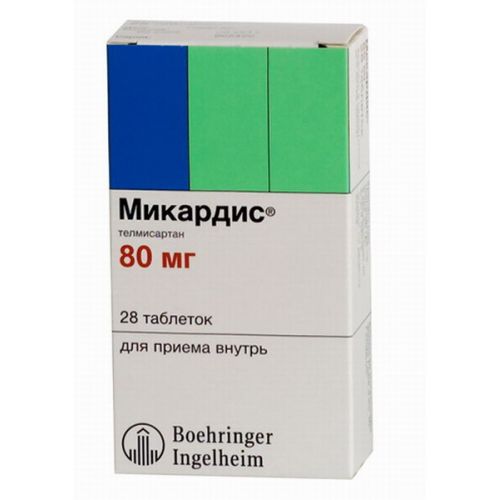
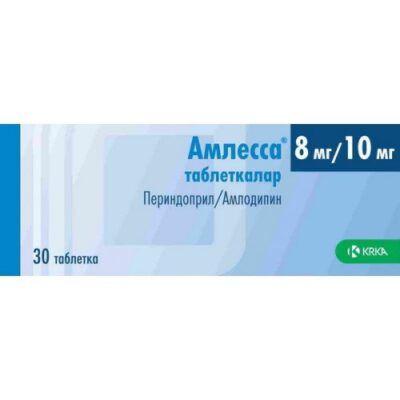
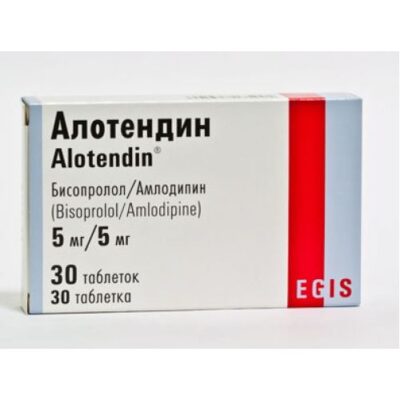
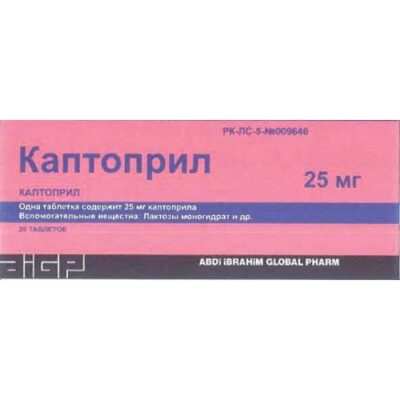
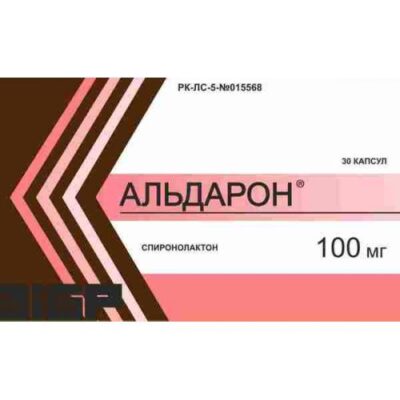
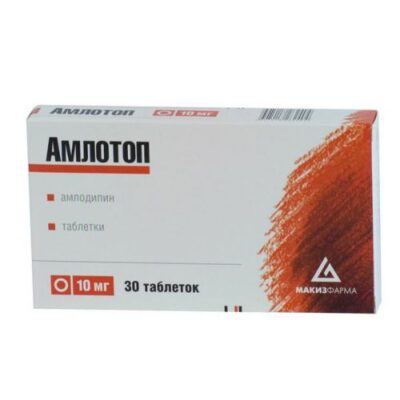
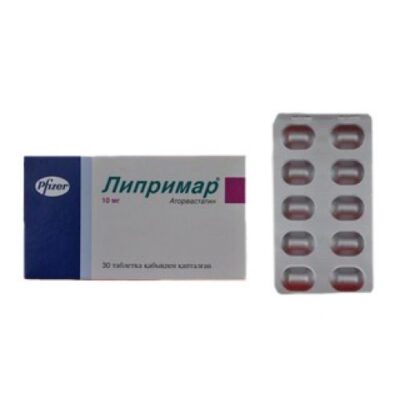
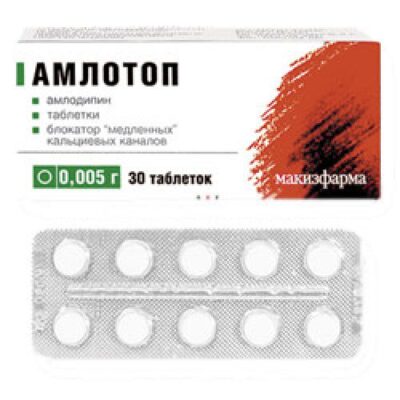
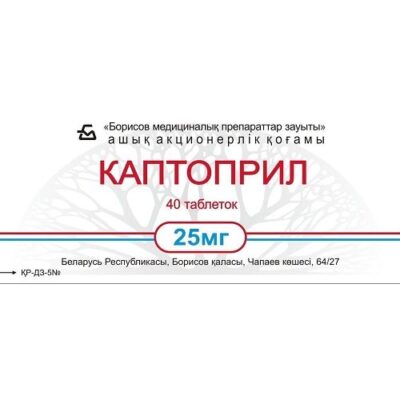
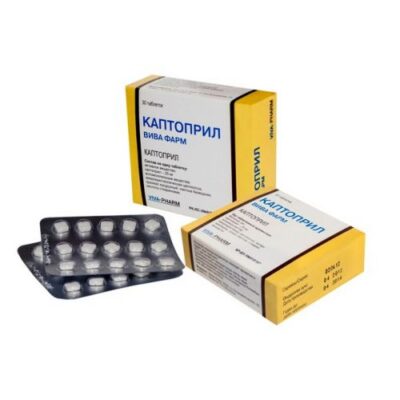
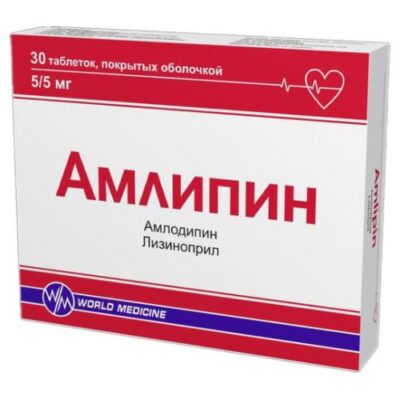






Reviews
There are no reviews yet.